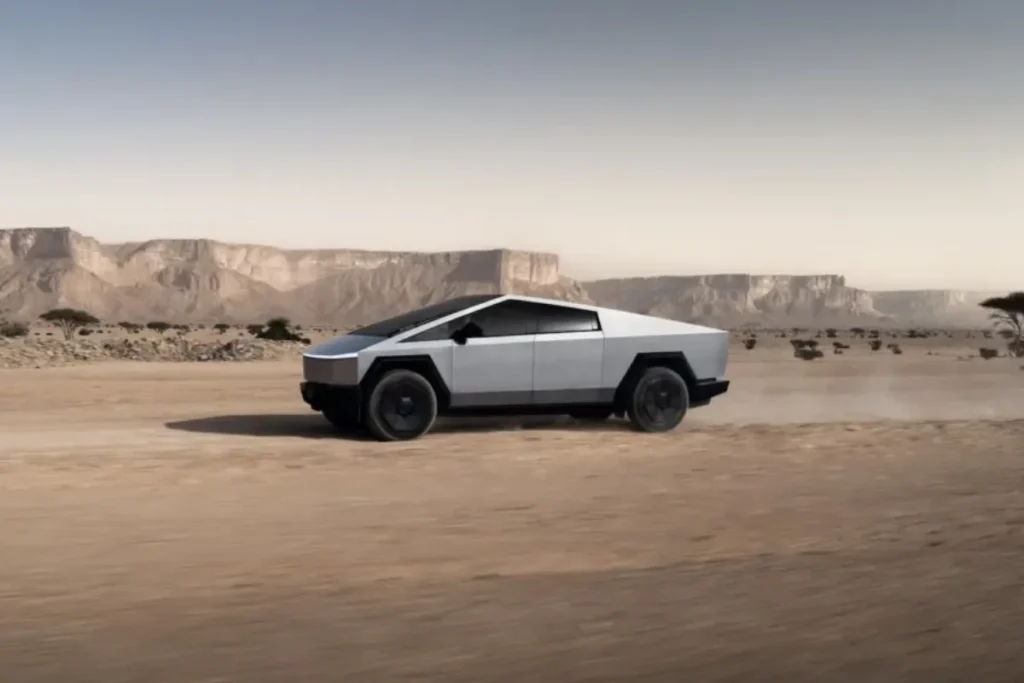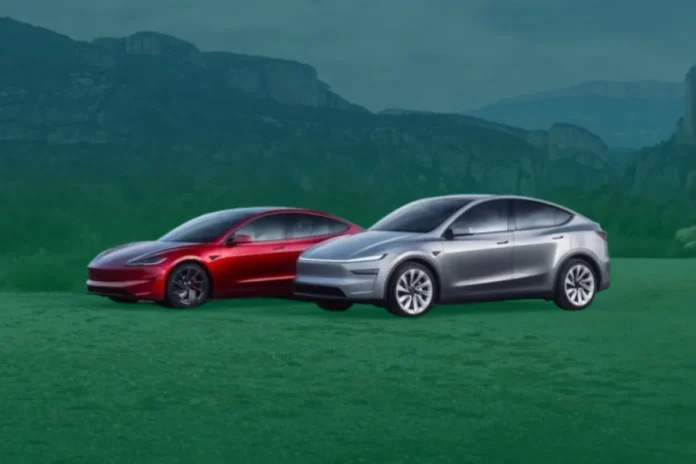The era of Tesla’s seeming invincibility has come to a screeching halt. For the first time in four years, the electric vehicle titan has reported a year-over-year Tesla sales decline, a development that has sent shockwaves through the automotive and tech industries. The numbers are stark, revealing a company grappling with challenges that go far beyond its charismatic CEO’s simple explanations.
Table of Contents
In the first quarter of 2024, Tesla delivered 386,810 vehicles worldwide. This figure isn’t just a miss; it’s a profound disappointment, falling far short of Wall Street’s consensus estimate of around 457,000 vehicles. It represents a staggering 20% drop from the previous quarter and, more worryingly, an 8.5% decrease compared to the same period last year. This is the first time such a year-over-year dip has occurred since the pandemic-disrupted second quarter of 2020.
While CEO Elon Musk has been quick to point fingers at a series of external misfortunes, a deeper analysis by CommaFast reveals a more complex and troubling picture. The issues facing Tesla are not merely temporary setbacks but fundamental cracks appearing in the company’s once-impenetrable armour. Here, we dissect the official narrative and uncover the five core reasons behind this unprecedented slump.
The Official Story: A Cascade of Unfortunate Events
When confronted with the dismal figures, Elon Musk and Tesla were prepared with a list of culprits. On an internal memo and in public discourse, the company attributed the poor performance to a perfect storm of logistical and production hurdles.
- The Model 3 “Highland” Transition: The Fremont, California factory was in the early stages of ramping up production for the refreshed Model 3, codenamed “Highland.” Production line changeovers are notoriously complex and often lead to temporary slowdowns.
- Red Sea Disruptions: Attacks on commercial shipping in the Red Sea forced cargo vessels to take a much longer route around Africa, delaying component shipments and vehicle exports to Europe and other markets.
- Arson at Gigafactory Berlin: A deliberate arson attack on the power infrastructure near Tesla’s German Gigafactory forced a week-long shutdown, halting the production of thousands of Model Y vehicles destined for the European market.
While these factors are undeniably real and have certainly contributed to the shortfall, they fail to account for the full magnitude of the decline. Production in Q1 actually outpaced deliveries by nearly 47,000 units, indicating that the problem isn’t just about making the cars—it’s about selling them. This points to a more significant issue: a sharp drop in demand.
The Competition Has Arrived—And They’re Not Backing Down
For years, Tesla existed in a league of its own. Traditional automakers were slow to pivot to EVs, giving Tesla a massive head start to capture the hearts, minds, and wallets of early adopters. That era is definitively over.
The EV market is now fiercely competitive. In the UK and across Europe, buyers are spoilt for choice. Brands like Hyundai (with the IONIQ 5), Kia (EV6 and EV9), and Volkswagen (ID. family) are offering compelling, well-built, and stylish alternatives.
The most significant threat, however, comes from the East. Chinese automaker BYD briefly surpassed Tesla as the world’s top EV seller at the end of 2023. While Tesla reclaimed the top spot in Q1, BYD’s rapid growth, combined with the aggressive European expansion of other Chinese brands like Nio, XPeng, and MG (now owned by SAIC), has fundamentally altered the landscape. These companies are often competing on price, technology, and features, eroding Tesla’s once-unassailable market share. Tesla is no longer the default choice for an EV; it’s just one of many.

A Stale Product Line in a Fast-Moving Market
Innovation is the lifeblood of the tech and automotive industries, but Tesla’s core product portfolio is beginning to look dated.
| Tesla Model | Initial Release Year | Years on Market (as of 2024) | Key Status |
| Model S | 2012 | 12 | Niche, low-volume seller |
| Model X | 2015 | 9 | Niche, low-volume seller |
| Model 3 | 2017 | 7 | High-volume, recently refreshed |
| Model Y | 2020 | 4 | High-volume, global best-seller |
| Cybertruck | 2023 | 1 | Low-volume, niche, not available in UK/EU |
The Model 3 and Model Y, which account for the vast majority of Tesla’s sales, are based on a platform that is now seven years old. While the recent “Highland” refresh for the Model 3 brought welcome improvements, the underlying vehicle is a familiar sight on UK roads. The Model Y, the world’s best-selling car in 2023, is yet to receive a similar update.
Meanwhile, competitors are launching brand-new models with the latest technology, fresh designs, and diverse body styles (from compact city cars to large family SUVs). The much-hyped Cybertruck is a polarising and expensive vehicle that is not engineered for European roads and will not contribute to sales volume in any meaningful way. The promised affordable, next-generation “Model 2” remains a distant prospect. Without fresh, mass-market products, Tesla risks being perceived as a company coasting on its past glories.
Economic Headwinds and Market Saturation
The global economic climate is a significant factor. High interest rates in the UK and other key markets have made financing a new car more expensive. Coupled with persistent inflation and cost-of-living concerns, many mainstream consumers are delaying large purchases, including new vehicles.
Furthermore, Tesla may be facing the challenge of market saturation among its core demographic. The early adopters—tech enthusiasts and environmentally conscious buyers with high disposable incomes—have largely made their purchases. The next phase of growth requires convincing the more pragmatic, price-sensitive mainstream buyer. This is a much harder sell, especially when compelling, and often cheaper, alternatives are readily available. The significant price cuts Tesla implemented over the last 18 months were a clear attempt to stimulate this demand, but their effectiveness appears to be waning.
The “Musk Factor”: A Double-Edged Sword
For a long time, Elon Musk was Tesla’s greatest asset. His visionary persona, maverick appeal, and masterful use of social media built a brand with a cult-like following. Today, the “Musk Factor” has become more complicated.
His acquisition of Twitter (now X) and his subsequent transformation into a highly controversial public figure have been polarising. His unfiltered posts on politics and culture have alienated a segment of the liberal, environmentally-focused demographic that was once Tesla’s bedrock. While it’s difficult to quantify the exact impact, brand perception is crucial. A growing number of potential buyers may be hesitant to associate themselves with Musk’s personal brand, opting instead for a vehicle from a less controversial automaker. What was once a powerful marketing tool may now be a reputational liability.
Conclusion: A New Chapter of Challenge for Tesla
In response to the dire Q1 results, Elon Musk told employees, “we are in between two major growth waves.” He remains outwardly optimistic, focusing on future promises like the Robotaxi, the Optimus humanoid robot, and advancements in Full Self-Driving (FSD) technology.
However, investors and consumers are focused on the present. The reality is that the Tesla sales decline is a symptom of deeper issues. The company that kickstarted the EV revolution now finds itself in a defensive position, fighting a multi-front war against nimble competitors, an aging product line, and shifting consumer sentiment.
This is not to say Tesla is doomed. It remains a hugely profitable and influential company with a formidable Supercharger network and a strong technological base. But the days of effortless, exponential growth are over. Tesla is no longer a disruptive startup; it is a mature automaker that must now compete on the same terms as everyone else in the market it helped create. The coming months will be a critical test of whether it can innovate, adapt, and fight its way back to growth, or if this marks the beginning of a long, challenging new reality.




